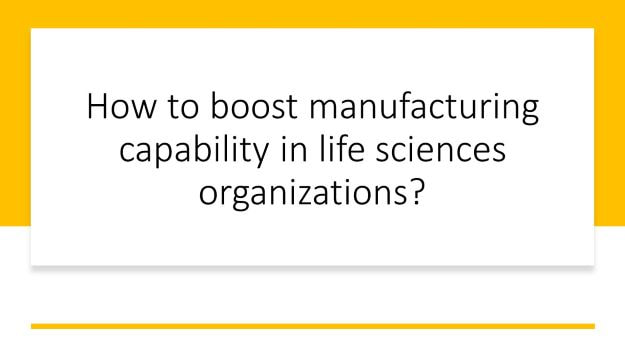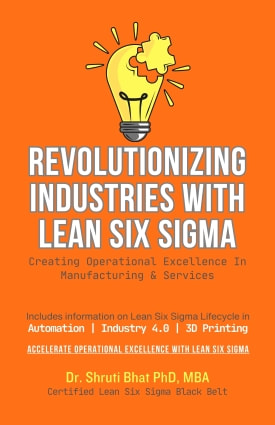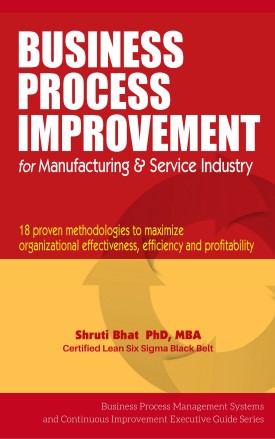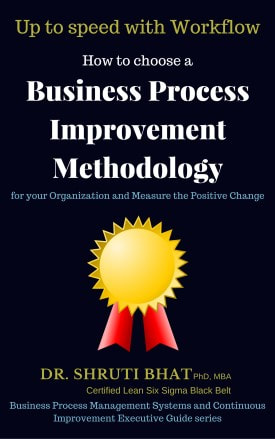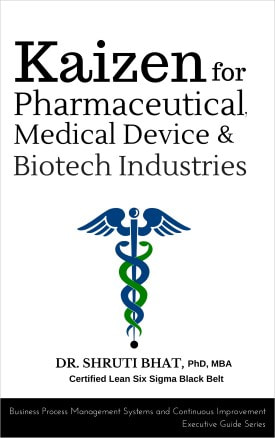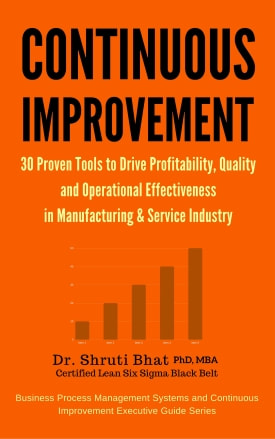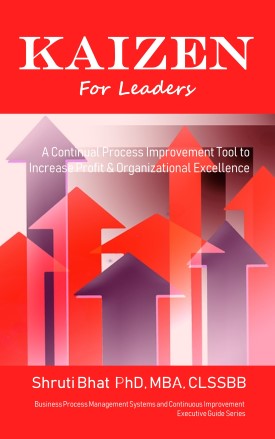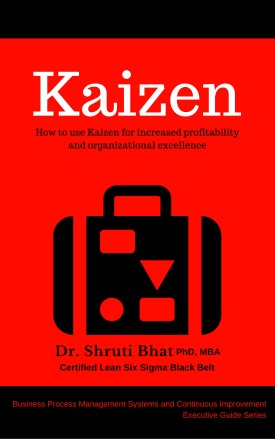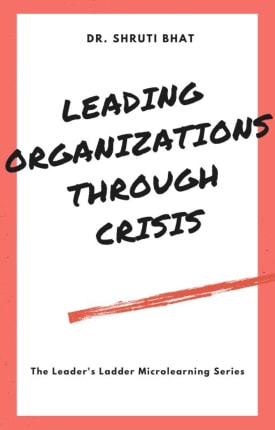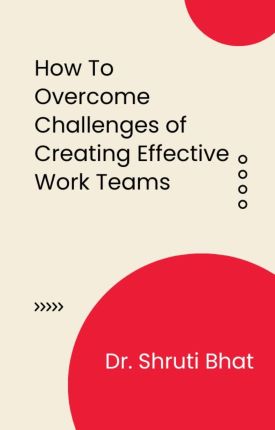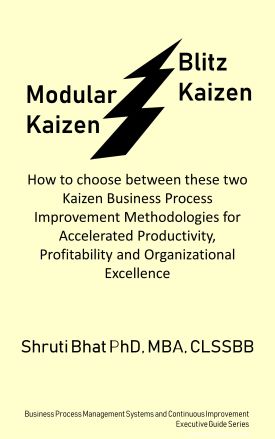This big vaccine push has spurred vaccine manufacturers to scale-up production and manufacturing capabilities at all levels. Vials are being manufactured in record numbers, and production lines are being upgraded. This is a major boost for life science manufacturing. However, there are still many areas that need improvement.
First, leaders must reassess the talent bank of their workforces. If there are any talent gaps, they can reskill and/or hire new employees. Some recent studies suggest that companies that reskill and hire staff with new skills and education improve employee morale, productivity and profitability.
New ways of working
Many life science organizations have seen an increase in employee efficiency after implementing new ways of working. For example, they can allow employees to work remotely so they do not have to worry about long commutes and can meet critical deadlines, while empowering frontline leaders to make decisions at times when they are most productive.
Another advantage to embracing this new way of working is that it removes the traditional hierarchical structure, which empowers frontline employees and increases organizational resilience. Additionally, it can help reduce costs and increase employee satisfaction.
Tip: Taking strategic decisions is crucial to business resilience. Know more about how to measure business resilience here. Also read- How strategic QBD helps improve business resilience here.
Despite the potential for efficiency gains, organizations must also be adaptable to change. This means revisiting their project management approach and incorporating new technologies. This process can increase a company's production efficiency while enabling an organization to get a product to market more quickly.
One of the biggest challenges facing life sciences organizations today is the need to scale their operations.
The global economy is constantly changing, and life science organizations must adapt in order to keep up with the pace. To stay competitive, they must accelerate their digital transformations. To that end, many organizations are devoting a greater portion of their resources to digitalization. To do this, they have established collaborative workspaces and innovation arms.
Tip: Six essentials for successful digital transformations here. Also, read this nine-part series on ‘Digitalization in pharma and medical device R&Ds’ here.
Another way to boost manufacturing capability is by leveraging data analytics. Using data analytics can improve drug discovery and the efficient delivery of new treatments to the market. The benefits can be realized across the drug lifecycle, and ultimately result in lowered costs and improved patient outcomes.
Investments needed
Life sciences companies are facing multiple forces that are forcing them to reconsider their global operating model, and more domestic manufacturing is a key component.
Government policy initiatives are intensifying the need to build domestic manufacturing capabilities, and recurring drug shortages have increased the need for domestic producers. In addition, the emergence of biosimilars and the emergence of ecosystem-based business models have shifted the balance of power away from global manufacturers toward domestic producers.
While traditional life science clusters are reaching capacity, new clusters are emerging. Many of these new developments have repurposed former industrial areas.
To compete in the digital age, life science companies must develop new technologies and business models that satisfy empowered health customers. They must also acquire disruptive data-centric capabilities. These digital capabilities will become increasingly important as new, digitally savvy competitors disrupt the health ecosystem and disrupt existing business models.
The need for a domestic supply chain has never been greater. The recent pandemic crisis highlighted the vulnerability of relying on overseas manufacturers. During the initial phase of the outbreak, for example, there was a massive shortage of specialized testing swabs. In this case, the Italian manufacturing facility that provided these products was badly hit by the pandemic.
Moreover, public funding for research and development has become an important component of product commercialization and may determine the future of medicine.
Opportunities for remote working
With the rise of remote workers, life sciences companies are increasingly recognizing the benefits of allowing employees to work from home. This enables flexibility in scheduling and location, which helps improve productivity and engagement. More than 60% of life sciences companies plan to offer part-time remote hybrid arrangements in the coming years.
The key to a successful hybrid working model is matching the right type of work with the right environment. Some jobs can be done from home, such as research and development, while others require on-site manufacturing staff. But virtual collaboration and administrative work may help accelerate innovation cycles.
Tip: Improve IT processes before planning a shift to secure remote working; read it here.
A published survey suggests that significant workplace changes are underway in the life sciences industry. The study showed that flexible working is now the norm rather than the exception, and that this trend is likely to continue into the future. However, there are some concerns.
Although most organizations already have the technology to allow remote work, 30% of companies still need to improve their capabilities. Remote working may not be a permanent solution, so companies must examine how to ensure a smooth transition.
Tip: Remote working has its own bundle of difficulties both for the employee as well as the company. I have touched upon ‘Process changes to-do before switching to remote working’ as a separate post here.
As with any new concept, remote working can have its drawbacks. One of the most notable disadvantages is procrastination. However, these can be mitigated by considering the characteristics of the type of work. Remote workers often find it challenging to complete tasks and complete projects on time. Some may feel isolated or overwhelmed while working from home. If this is the case, remote workers may benefit from advanced enterprise social media.
One of the most compelling benefits of remote work is its ability to improve employee satisfaction. Employees who are happier and healthier are more likely to stay with a company that offers them flexible work schedules. In addition, many remote workers save money by reducing commuting costs, childcare, clothing, and food expenses.
Investing in technology
To remain competitive, life science organizations need to invest in technology. As the global economy continues to change, companies are looking for new ways to improve their processes. Technology is a key part of this transformation. By incorporating new technologies and processes, life science organizations can increase their manufacturing capability and reduce costs.
Some key technology changes include transition from batch to continuous manufacturing, use of 3D printing, robotics and process automation, R&D digitalization, RIM modernization etc.
Digital technologies can help life sciences organizations improve their processes and engage patients. For example, wearable devices can provide continuous, real-time data on individual patients. These devices can also facilitate remote clinical trials. They can also increase the efficiency of processes across the value chain.
RIM-regulatory information management modernization can play a key role in improving operational excellence in life science companies. I’ve a series of posts touching upon various aspects of this subject. You may check them out here.
Today's connected manufacturing technologies can help life science organizations stay competitive. Cloud-connected manufacturing can help organizations focus on batch processing and meet spikes in demand with reduced downtime. It also enables collaborative engagement among life sciences manufacturers. By connecting all of the systems in a life science organization, they can easily track and manage critical processes.
While life science organizations often focus on research, global tech companies are increasingly investing in this sector. In addition to advancing personalized medicine, genomics, and other life science-related fields, investors are looking to invest in manufacturing capabilities. They are also seeing significant potential in convergent research disciplines and technologies.
Process Improvement
Improving process efficiency and effectiveness is a sure way to increase operational excellence and profitability. The process improvement initiative includes both technical and business processes. There are four primary process improvement pathways viz. Breakthrough improvement, streamlined improvement, continuous improvement and Kaizen.
I’ve a separate post explaining these pathways; you may check it out here.
Which out of these four pathways should you choose for your workplace? My response is- Choice of the pathway will depend on several parameters of the business viz. size, culture, sector etc. Know how to choose business process improvement methodology for your organization here.
If you’re start-up or funds are an issue, then Kaizen will be most helpful especially for the life science sector. Know more on Kaizen for pharmaceutical, medical device and biotech industries here.
I shall conclude by saying- One of the promising ways for increasing organizational excellence is to include process improvement initiatives in your strategic growth plan.
Related Reading:
- Kaizen for pharmaceutical, medical device and biotech industries
- How to cut costs strategically using Kaizen
- Top 30 Continuous Improvement Tools
- How to Improve Operational Excellence in the Pharma Industry
- Top 10 Change Management models
- Continuous Improvement for Drug Industry: Part 1: Introduction to Digitalization in Pharmaceutical and Medical Device R&D.
Follow Shruti on Twitter, Facebook, YouTube, LinkedIn
Categories: Life Sciences | Operational Excellence
Keywords and Tags:
#RegulatoryInformationManagement #RIM #lifesciences #continuousimprovement #operationalexcellence #continuousimprovementforlifescienceindustry #improvingmanufacturingcabability #3Dprintingforpharmaceuticals

